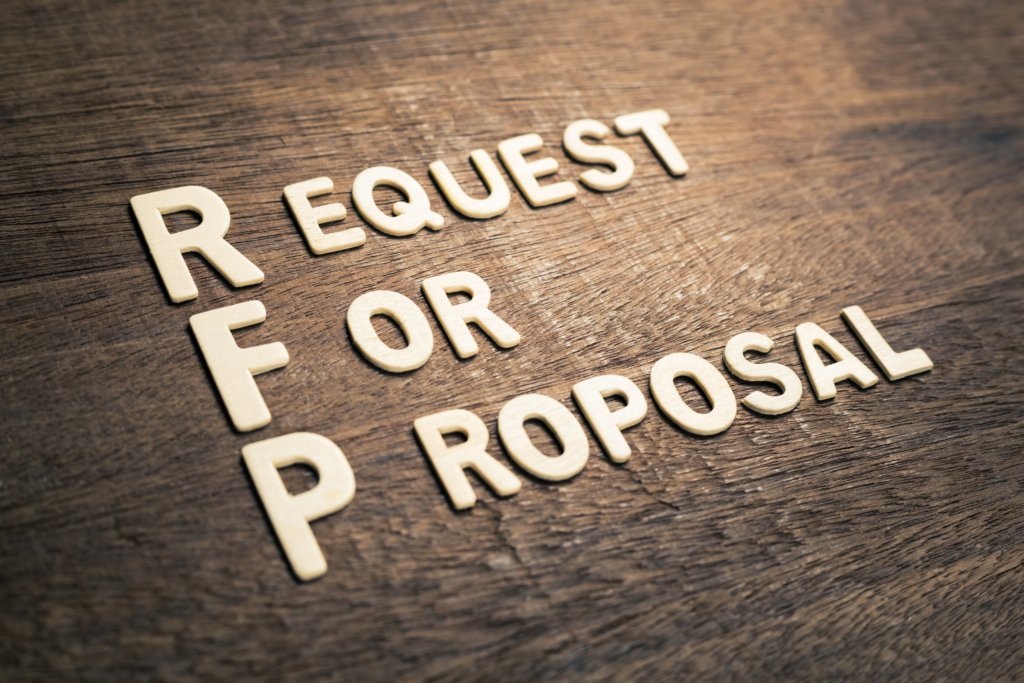A proposal is a formal document that details a vendor’s approach, pricing, and capabilities, and it is commonly requested by companies or institutions through a tender process. In many cases a proposal serves as a comprehensive blueprint, outlining the vendor’s strategy to address specific project requirements and demonstrating their overall competence. However, traditional RFP generation often involves manually reusing past proposals, searching for relevant content, and ensuring compliance with client requirements, an effort that can lead to inefficiencies and inconsistencies.
Creating Request for Proposal (RFP) documents is a critical but time-consuming process for businesses. Organizations must craft compelling, precise, and well-structured proposals to win contracts and secure partnerships. However, traditional RFP generation often involves manually reusing past proposals, searching for relevant content, and ensuring compliance with client requirements, an effort that can lead to inefficiencies and inconsistencies.
AI-powered RFP generation transforms this process by leveraging past proposals, contextual learning, and automation to create high-quality responses quickly and efficiently. By integrating artificial intelligence, businesses can reduce manual workload, enhance accuracy, and improve their chances of winning bids.
Challenges with Traditional RFP
- Time-Consuming and Inefficient Processes
Crafting RFP responses involves extensive manual work, including gathering information from various sources and reformatting content, which can lead to delays in submissions and decreased productivity. - Inconsistent Quality and Branding
Reusing content from previous proposals without a structured approach can result in inconsistent messaging and formatting errors, ultimately misaligning with the company’s branding and diminishing the overall quality of the proposal. - Challenges in Customization and Compliance
Tailoring responses to meet the unique requirements of each RFP can be difficult, increasing the risk of using generic content. Additionally, manual review processes may overlook compliance requirements and technical specifications, jeopardizing the proposal’s accuracy and effectiveness.
How AI-Assisted RFP Generation Helps
- Streamlined Content Creation and Customization
AI-powered RFP generation tools utilize machine learning and natural language processing (NLP) to retrieve relevant text from past proposals and dynamically adjust the content to meet specific RFP requirements, ensuring high-quality, consistent responses that align with branding. - Automated Compliance and Accuracy Assurance
AI tools automatically review proposals against predefined compliance criteria, significantly reducing the risk of errors and ensuring adherence to regulatory and contractual obligations. - Enhanced Collaboration and Version Control
AI facilitates real-time collaboration among multiple stakeholders, allowing for efficient tracking of revisions and ensuring that all edits contribute to the final submission goals while incorporating industry-specific language for improved clarity and credibility.
Conclusion
AI-assisted RFP generation revolutionizes the way businesses create proposals by automating content retrieval, enhancing customization, and ensuring compliance. By leveraging past proposals, contextual learning, and NLP, AI-powered tools significantly reduce the time and effort required for RFP submissions while improving accuracy and effectiveness.
As competition for contracts intensifies, organizations that adopt AI-driven RFP generation will gain a strategic advantage by streamlining workflows, improving proposal quality, and increasing their success rates. Investing in AI-powered proposal automation today will set businesses up for greater efficiency and higher win rates in the future.





